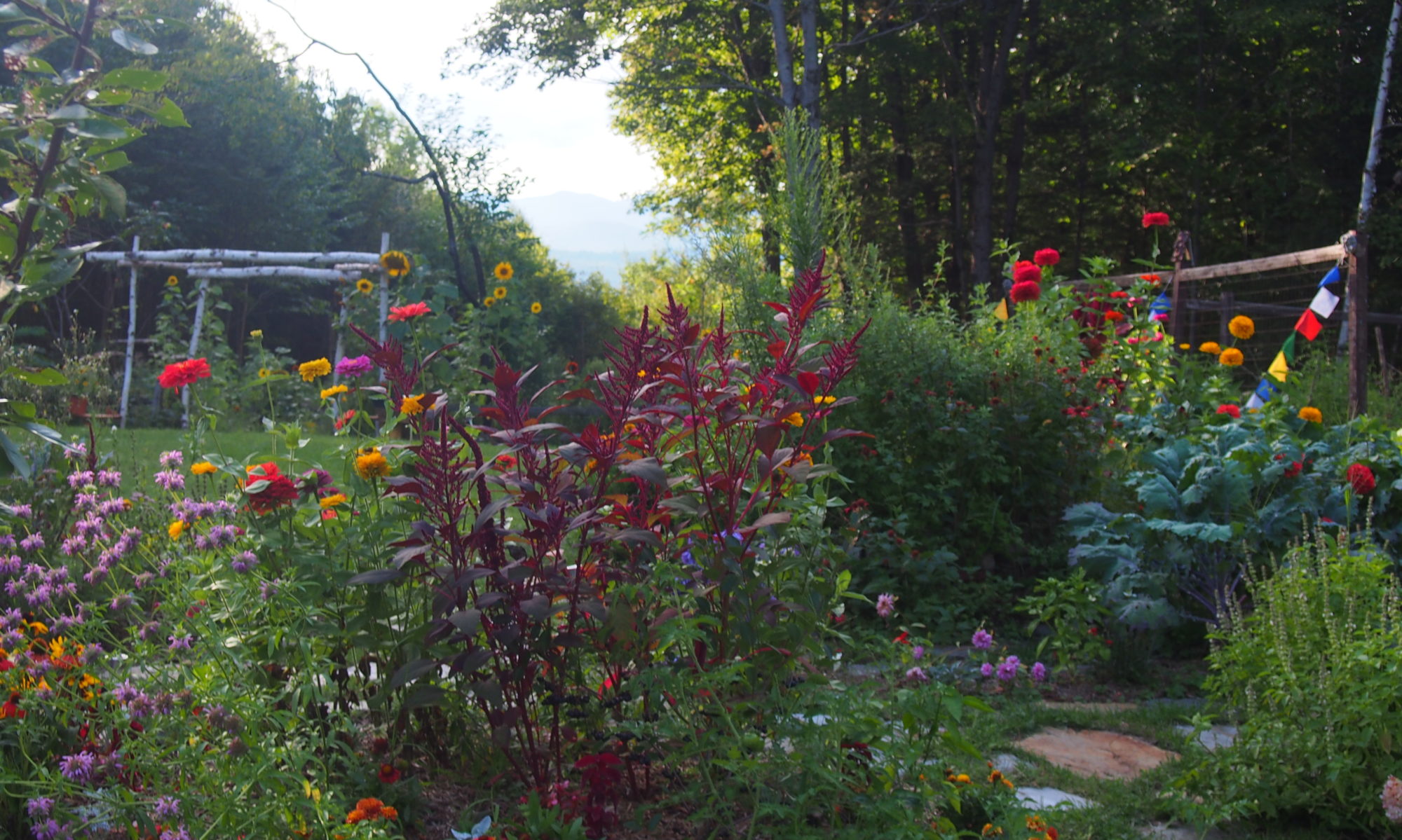DATES: Positions run from Sept 24 2016-November 18 2016.
NOW HIRING food access and conservation members for our 2016 Residential Leadership Crew!! Calling young adults between ages 18-26, who want an opportunity to live communally on our awesome homestead near Asheville NC, complete food access and conservation projects both in our local community and on public lands, and learn about sustainable agriculture.
Members will complete an AmeriCorps term of service working on food access projects and trail maintenance/restoration throughout the Southeast. Following a brief orientation, members will be working at SMC headquarters and with local community partners on projects supporting local gardens and food access in under-served communities. Members will also prepare educational programming relating to these topics for public presentations.
Subsequently, members will complete 4 weeks of habitat restoration and trail management projects in Chattahoochee Bend State Park in Georgia, working and camping for up to 8 days at a time. Projects may include habitat restoration, trail maintenance, and/or trail construction. Members will receive additional trainings pertaining specifically to these projects. Between project “hitches,” the crew will return to SMC base where they will continue to receive room and board during off days.
While living at SMC headquarters in Western NC, members will also have opportunities throughout the season to learn about permaculture, engage in trainings and projects with local farms and organizations, and experience community living on a growing homestead. Members will engage in a weekly “community day” on site, which may consist of community meetings, chores, onsite agriculture projects, field trips, and additional trainings.
During some projects, the crew may camp for up to 8 days at a time. SMC provides tents and other group camping gear.
COMPENSATION AND BENEFITS:
- $90/week living stipend + full room and board for the duration of the program.
- Trainings and orientation with SMC and project partners (trainings may include: conservation work skills and tool use, construction and green design, gardening, permaculture and sustainable agriculture, food preservation, leave no trace camping, leadership, community building, teamwork, etc.)
- Experience living and working in a vibrant residential community.
- AmeriCorps educational scholarship upon completion of the program.
- Plenty of opportunities to explore the beautiful southeast!
DESIRED SKILLS AND INTERESTS:.
- Ability to hike for long distances carrying backpacks, tools, and equipment, completing repetitive motions, lifting heavy objects, and using machinery.
- Ability to live and work in a physically demanding, possibly remote environment for an uninterrupted period of up to eight days.
- Ability to work effectively as a member of a team despite potentially stressful and difficult conditions.
- Experience and/or strong interest in conservation and invasive species management, and a desire to learn related skills.
- Experience and/or strong interest in sustainable agriculture, gardening, and low impact living.
- Experience and/or strong interest in leave no trace camping and back-country living.
- Desire to live and work in a close knit residential community.
- Willingness and ability to complete all aspects of the program. Members must commit to participating in all crew/team activities.
Apply now to join our 2016 residential leadership corps!
TO APPLY: Please send cover letter, resume, and three references to Heather Buckner at Hebuckner@gmail.com. Use subject line “SMC food access.” Members offered positions will be asked to fill out an additional application form.
You can also complete an online application at http://www.thesca.org/serve/position/smoky-mountain-corps-food-access-member/po-00703442
Applications will be accepted until August 31 or positions have been filled.












 there is a warmth and magic to enjoying a meal with others whom you are in community with.
there is a warmth and magic to enjoying a meal with others whom you are in community with.

 find that the conversation topics begin to depart from the norm. You reach down deep into the recesses of your mind and find the weird stuff. Hitch is a unique context in which to get to know someone. It accelerates the process of reciprocity and openness.
find that the conversation topics begin to depart from the norm. You reach down deep into the recesses of your mind and find the weird stuff. Hitch is a unique context in which to get to know someone. It accelerates the process of reciprocity and openness.









































 easy access.
easy access.

 the better part of an hour, we decided to forgo the store-bought carpet and look for “carpet scraps”. Carpet scraps are the ends of the long rolls they sell in stores or other custom pieces that are marked down from original retail price and are excellent for Do-It-Yourselfers. We checked craigslist for a few days and found the perfect piece, a 16’x12′ roll of high-quality carpet. The Hexahome is 16′ at its widest point and approximately 200′ square total. This roll was 192′ square and the exact length of the Hexahome’s widest point (16′), making it nearly perfect for the job.
the better part of an hour, we decided to forgo the store-bought carpet and look for “carpet scraps”. Carpet scraps are the ends of the long rolls they sell in stores or other custom pieces that are marked down from original retail price and are excellent for Do-It-Yourselfers. We checked craigslist for a few days and found the perfect piece, a 16’x12′ roll of high-quality carpet. The Hexahome is 16′ at its widest point and approximately 200′ square total. This roll was 192′ square and the exact length of the Hexahome’s widest point (16′), making it nearly perfect for the job.
 leaving the space closest to the door without carpet to allow for a landing.
leaving the space closest to the door without carpet to allow for a landing.




